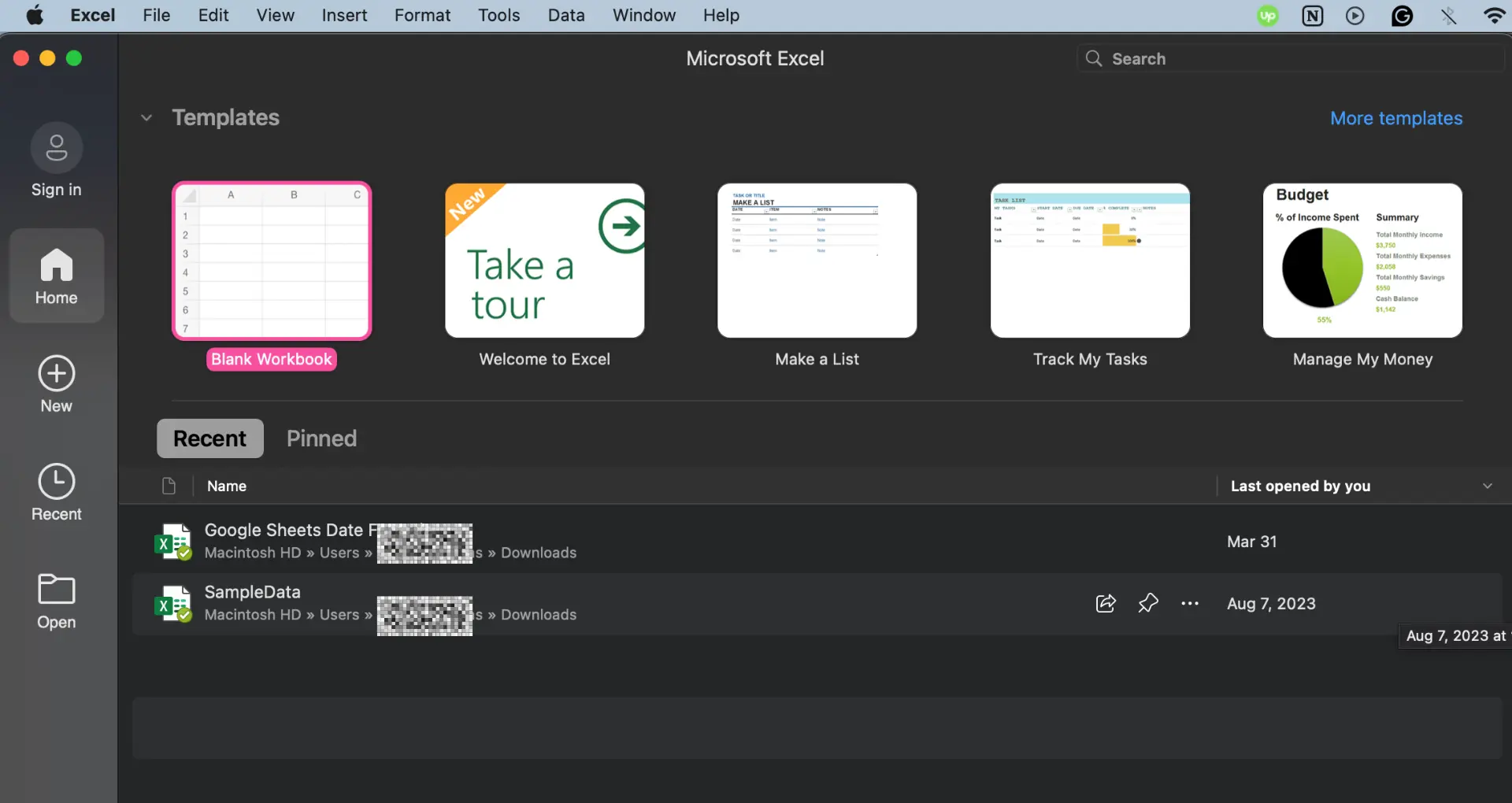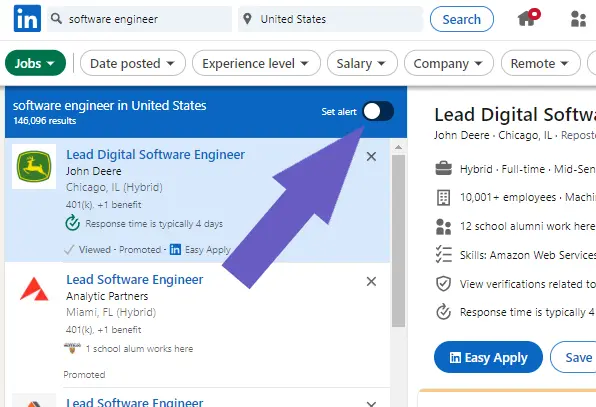Mastering net sales calculation is crucial for businesses to accurately assess their financial performance. In this comprehensive guide, we'll walk you through the step-by-step process of calculating net sales, from understanding the components to analyzing insights for growth.
You'll learn how to manually calculate net sales and discover how AI agents like Bardeen can automate repetitive tasks, saving you time and increasing efficiency. By the end, you'll have a solid grasp on this critical skill, empowering you to make data-driven decisions and close more deals. Get ready to take your financial acumen to the next level!
The Building Blocks of Net Sales
Net sales are a key metric for businesses to track their financial health, but calculating net sales requires understanding several components. Let's break down what goes into the net sales calculation.
1. Start with Gross Sales
Gross sales represent the total revenue from all sales transactions before any deductions. This includes cash, credit card, and trade credit sales. For example, if a clothing store sold 100 dresses at $50 each, their gross sales would be $5,000.
2. Subtract Sales Returns
Customers may return purchased goods for refunds, which reduces gross sales. If 5 of the dresses were returned for full refunds, the clothing store would subtract $250 (5 x $50) from gross sales.
3. Deduct Sales Allowances
Allowances are price reductions on damaged or defective goods that are still sold to customers. If 2 dresses had minor flaws and were sold at a $10 discount, the store would deduct $20 (2 x $10) for allowances.
4. Factor in Sales Discounts
Businesses often offer discounts to clear out old inventory or incentivize bulk purchases. If the store gave a 10% discount on 10 dresses sold, they would subtract another $50 (10 x $50 x 10%) from gross sales for discounts. Learn more about the role of sales intelligence in understanding these metrics.
In summary, net sales are calculated by starting with gross sales and subtracting returns, allowances, and discounts. This provides a more accurate picture of a company's revenue.
In the next section, we'll dive into the net sales formula and walk through how to calculate this important metric step-by-step.
Calculating Net Sales Step-by-Step
Now that you understand the components that go into net sales, let's dive into the actual formula and calculation. We'll break it down step-by-step so you can easily calculate your company's net sales.
1. The Net Sales Formula
The formula to calculate net sales is: Net Sales = Gross Sales - Returns - Allowances - Discounts. Gross sales is your total revenue before any deductions. Returns are items customers sent back for a refund. Allowances are price reductions for damaged or defective products. Discounts are incentives like early payment or volume discounts.
2. A Detailed Example Calculation
Let's say your company had $100,000 in gross sales, $5,000 in returns, $2,000 in allowances, and $3,000 in discounts last quarter. To calculate net sales: $100,000 - $5,000 - $2,000 - $3,000 = $90,000. So your net sales for the quarter were $90,000.
3. Finding the Data on Financial Statements
To calculate net sales, you'll need your income statement (also called a profit and loss statement). Gross sales is usually the top line item. Returns, allowances, and discounts should each have their own line item deducted from gross sales to arrive at net sales.
Mastering the net sales formula and calculation is crucial for understanding your business's true revenue. Plugging in the numbers from your financial statements will give you valuable insights.
In the next section, we'll explore how to analyze your net sales data to gain even more actionable insights to improve your bottom line. Bet you can't wait to become a net sales pro! If you need help with preparing for sales calls, check out our guide.
If you're looking to save time with repetitive tasks, you can bring AI into your spreadsheet to automate data analysis.
Using Net Sales Analysis to Improve Your Bottom Line
Analyzing your net sales data is crucial for understanding your business's financial health and identifying areas for improvement. By examining the impact of net sales on gross profit, spotting trends in returns and discounts, and optimizing your sales deductions, you can take your profitability to the next level.
1. Net Sales' Impact on Gross Profit and Margins
Your net sales directly affect your gross profit, which is your revenue minus the cost of goods sold. By comparing your net and gross sales, you can calculate your gross profit margin percentage. This key metric shows how much of each sales dollar is retained as profit after accounting for production costs.
For example, if ABC Company has $100,000 in net sales and $60,000 in cost of goods sold, their gross profit is $40,000 and their gross margin is 40% ($40,000 / $100,000). Monitoring this ratio over time helps you gauge profitability trends.
2. Spotting Insights in Returns, Allowances, and Discounts
Analyzing changes in your net sales can reveal critical insights about your returns, allowances, and discount policies. If you notice net sales dropping compared to gross sales, it could signal an uptick in product returns or an over-reliance on discounts.
Digging deeper into the data may uncover issues like rising defect rates that are triggering more returns and allowances. Or perhaps you'll find that certain discounts are eating into margins more than they're boosting sales. Regularly analyzing these insights helps you nip these problems in the bud.
3. Three Strategies to Boost Net Sales
Once you've analyzed your net sales data, you can take action to optimize your sales deductions and improve your bottom line:
- Tighten up your return policy and process to minimize return rates
- Set discount thresholds that drive sales without sacrificing too much margin
- Implement quality control measures to reduce defects and allowances
By making data-driven tweaks to your policies, you can incrementally improve net sales over time.
Regularly scrutinizing your net sales is a powerful way to enhance your company's financial performance. Mastering net sales analysis will give you a leg up on the competition.
Thanks for sticking with us through this deep dive into net sales! We know there's a lot to absorb, but the payoff is worth it. Stay tuned for the final section where we'll recap the key takeaways you can start applying to your business today.
Conclusions
Mastering the art of calculating net sales is essential for accurately assessing your company's financial performance. In this comprehensive guide, you discovered:
- The key components that make up net sales and how they impact your bottom line
- A step-by-step breakdown of the net sales formula and how to apply it to your business
- Powerful strategies for analyzing net sales data to optimize your sales and profitability
Don't let poor net sales calculations hold your business back. Put these insights into action today, or risk leaving money on the table! Use sales prospecting automation to make the most of your efforts.
Automate your sales prospecting with Bardeen and save time. Focus on what truly matters while we handle the repetitive tasks.






